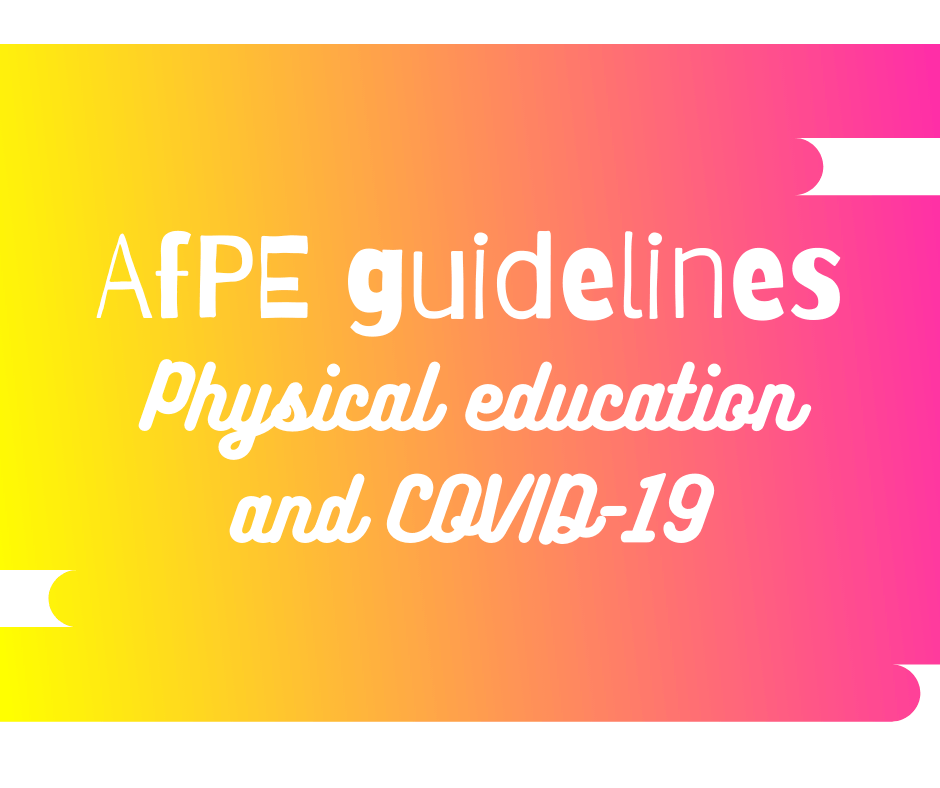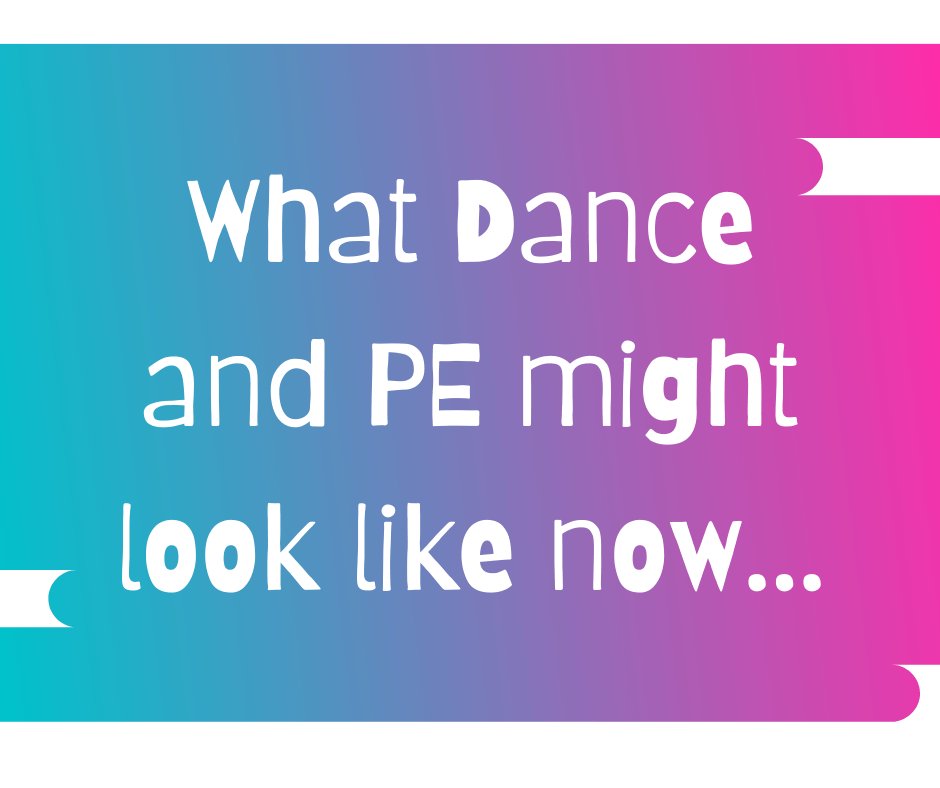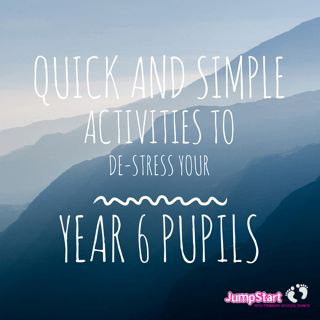Have you noticed that many of your reception children are starting school with a weaker…

AfPE guidelines – physical education and COVID-19
Well we find ourselves in strange times. This summer (2020), our JumpStart Dance Artists were expecting to be busy delivering Olympic-themed events and creating spectacular opening ceremonies, but instead find ourselves teaching our own children literacy and numeracy! Now that some children are back in school, and teachers are busy planning for fully open schools from September, thoughts can turn to what PE delivery might look like post COVID-19.
Current guidance
The Association for Physical Education, the only representative PE subject association in the UK, has released ‘COVID-19: Interpreting the Government Guidance PESSPA Context‘, a useful tool for planning future PE sessions. At first glance, it’s a sobering read: “discourage the sharing of equipment to mitigate against virus transmission”, “students should work in their own zones”, “strictly non-contact”. If you teach physical education, you may have found yourself wondering (like we did) what content COULD actually be delivered, if any, within a PE class. And more importantly, could it be FUN?
Impact of Coronavirus on children
Whilst there is much to change when planning physical activity to ensure its safety for everyone involved, this need not preclude it’s delivery. In fact one might argue that children need PE now more than possibly ever before. During lockdown, children may have spent more time than usual on devices and screens and may not have had opportunity or inclination to take part in daily exercise. In fact, Sport England data shows that whilst 47% of children were doing an hour or more of physical activity a day pre-COVID-19, this figure has vastly reduced to 19% during lockdown. And even more worryingly, 9% of children have completed NO physical activity since the pandemic.
This more sedentary lifestyle has obvious implications on children’s fitness levels but its effects extend way beyond the body. Participating in physical activity has numerous benefits to wellbeing (see our blog posts here and here for how dance benefits children) with its release of endorphins and its ability to both energise and relax.
Unfortunately, children may have experienced trauma and emotional distress over the last few months, either directly or indirectly as a result of COVID-19 and the necessary restrictions put in place to stem the pandemic. The NSPCC has reported an “increase in the proportion of counselling sessions which are about mental health and wellbeing” since the UK went into lockdown in March and in the Evening Standard, parents have “raised concerns about the long-lasting effects of the lockdown on their children, who are unable to attend lessons or see their friends”. And it’s precisely this loss of real and meaningful interaction that needs to be nurtured and encouraged in order to improve wellbeing and make us feel ‘human’ again.
Be inspired
Luckily, human interaction is an important part of physical education, even when its participants cannot touch each other (or indeed props and equipment). Children right now need to move more and have lots of fun doing it – although there are more restrictions (and consequent risk assessments) in place, physical educators are perfectly poised to deliver engaging and fun content that boost morale and make children feel good about themselves. Are you ready for the challenge? I know I am!
Need ideas on how to make this work? I’ve co-authored a book on how to teach dance during the pandemic – 30 lesson plans that are both fun and inspiring and easy to follow – no dance experience, props or physical contact required.
Available to purchase NOW: “Making a Move: Creative Dance in a Changing World“.
Do you have suggestions for how to teach PE in light of COVID-19? Post your comments in the box below…



